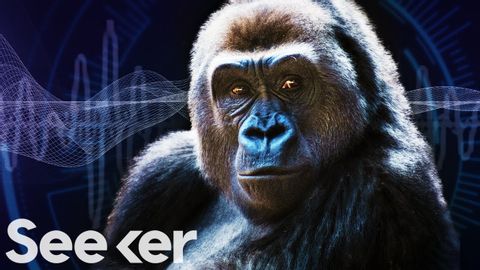How Close Are We to Talking With Animals?
joey joey が 2021 年 04 月 16 日 に投稿  この条件に一致する単語はありません
この条件に一致する単語はありませんUS /ˈkɑɡnɪtɪv/
・
UK /ˈkɒgnətɪv/
- adj.認知の;認知能力の;認知発達の;認知療法の
US /ˈkɑnˌtɛkst/
・
UK /ˈkɒntekst/
US /səˈfɪstɪˌketɪd/
・
UK /səˈfɪstɪkeɪtɪd/
- adj.話をより複雑にする;洗練された
- v.t.洗練させた
US /ˈfɪzɪkəl/
・
UK /ˈfɪzɪkl/
- n. (c.)身体検査 : 健康診断
- adj.身体の : 肉体の;物質的な;物理的な
- n.体育
エネルギーを使用
すべての単語を解除
発音・解説・フィルター機能を解除

